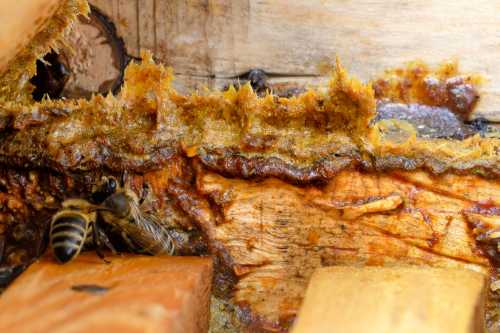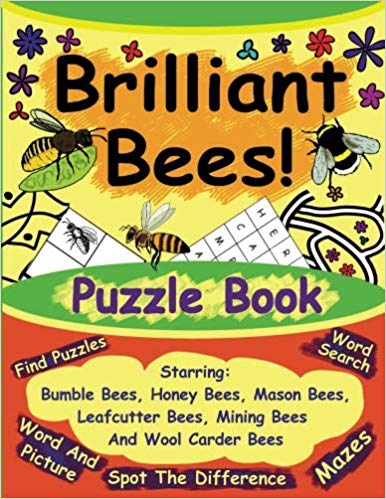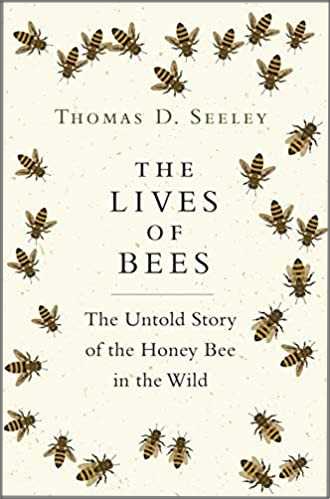Do Bees Have A Hive Mind?
.....and do bees have a 'collective consciousness'?
The term 'hive mind' is commonly used in reference to the views, ideas, or thoughts of a group of people, especially internet users (and often engaging in social media), considered together.
But the term 'hive mind' not surprisingly also refers to social insects.
Here's a definition of the 'hive mind' from www.merriam-webster.com:
"the collective mental activity expressed in the complex, coordinated behavior of a colony of social insects (such as bees or ants) regarded as comparable to a single mind controlling the behavior of an individual organism"
Is this the same as 'collective consciousness'? In my opinion, it is, but some would disagree with me, whilst others would certainly share my viewpoint.
Why is this so?
In my search for an answer, I found that there is no universally agreed opinion or definition of what a 'collective consciousness' is, especially with regard to the animal kingdom.
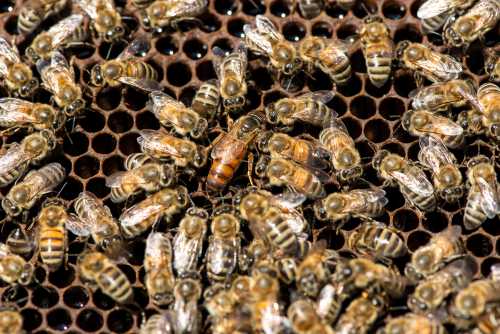
So to avoid controversy, I'm going to stick with the term 'hive mind'.
In what ways do bees exhibit a hive mind?
"A colony of honey bees is, then, far more than an aggregation of individuals, it is a composite being that functions as an integrated whole."
- Professor Thomas D. Seeley, Honey Bee Democracy
In what ways do honey bees exhibit complex, co-ordinated, collective behaviours that are comparable to a single mind controlling the behaviour of an individual entity?
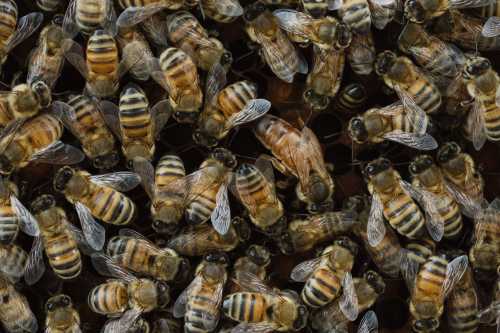
Control of colony temperature
The ability to collectively produce and control heat (by adjusting or boosting the rate at which it sheds heat generated by its resting metabolism1) enables honey bees to keep the temperature of the brood nest within a narrow temperature range from 32°C to 36°C. The collective control of brood nest temperature is of great importance for an optimal larval and pupal development.
Most individuals of a colony, both worker bees and drones, contribute to heat production within the colony2.
Collective ventilation
Honey bees actively ventilate their nests or hives, adjusting their actions to suit the size of the entrance hole. To ventilate the nest, groups of honey bees near the entrance alternate between fanning their wings, thus actively pulling air out of the nest, then allowing air to passively flow back into the nest, depending on the colony requirements.
The resulting colony-level gas exchange with the environment prevents build-up of heat and CO2 within the nest3.
Response to threat
An example is provided from a field study of colonies of Cape honey bees in response to wild fires in South Africa. The bees ate their honey stores upon smelling the smoke, and retreated as deeply as possible into their nest cavities behind their propolis firewalls4.
Swarming and home finding
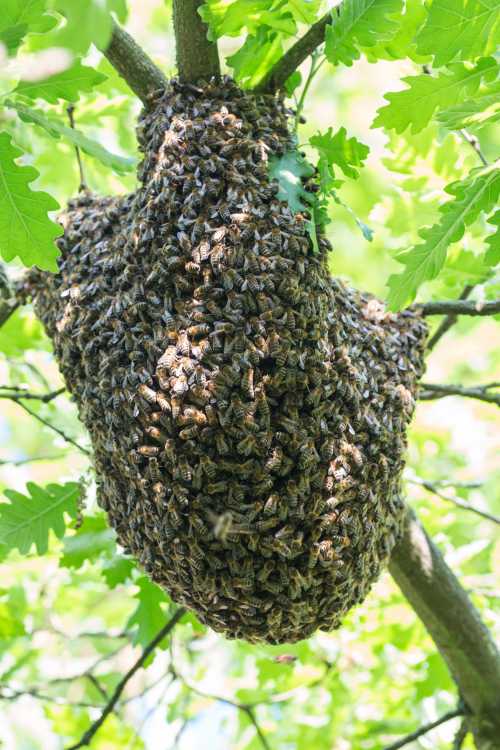
The process of swarming is perhaps the most well-known example of the 'hive mind' in operation. It involves around 10,000 bees, flying in a thick cloud with the mother queen before they settle somewhere, perhaps a tree branch, whilst 'scout bees' go off to find suitable places for a new home.
"I suggest, though, that the single best demonstration of the superorganismic nature of a honey bee colony is the ability of a honey bee swarm to function as an intelligent decision-making unit when choosing its new home."
- Professor Thomas D. Seeley, Honey Bee Democracy
References
1. Honey Bee Democracy by Thomas D Seeley.
2. Szopek M, Schmickl T, Thenius R, Radspieler G, Crailsheim K (2013) Dynamics of Collective Decision Making of Honeybees in Complex Temperature Fields. PLoS ONE 8(10): e76250. https://doi.org/10.1371/journal.pone.0076250
3. Peters Jacob M., Peleg Orit and Mahadevan L. (2019) Collective ventilation in honeybee nests. J. R. Soc. Interface.162018056120180561 http://doi.org/10.1098/rsif.2018.0561
4. Tribe G, Tautz J, Sternberg K, Cullinan J. Firewalls in bee nests - survival value of propolis walls of wild Cape honeybee (Apis mellifera capensis). Naturwissenschaften. 2017 Apr;104(3-4):29. doi: 10.1007/s00114-017-1449-5. Epub 2017 Mar 13. PMID: 28289772.
If you found this page helpful or interesting, I'd really be grateful if you would share it with others - if not this page, perhaps another, such as Gardening For Bees.
Thank you so much :) .
